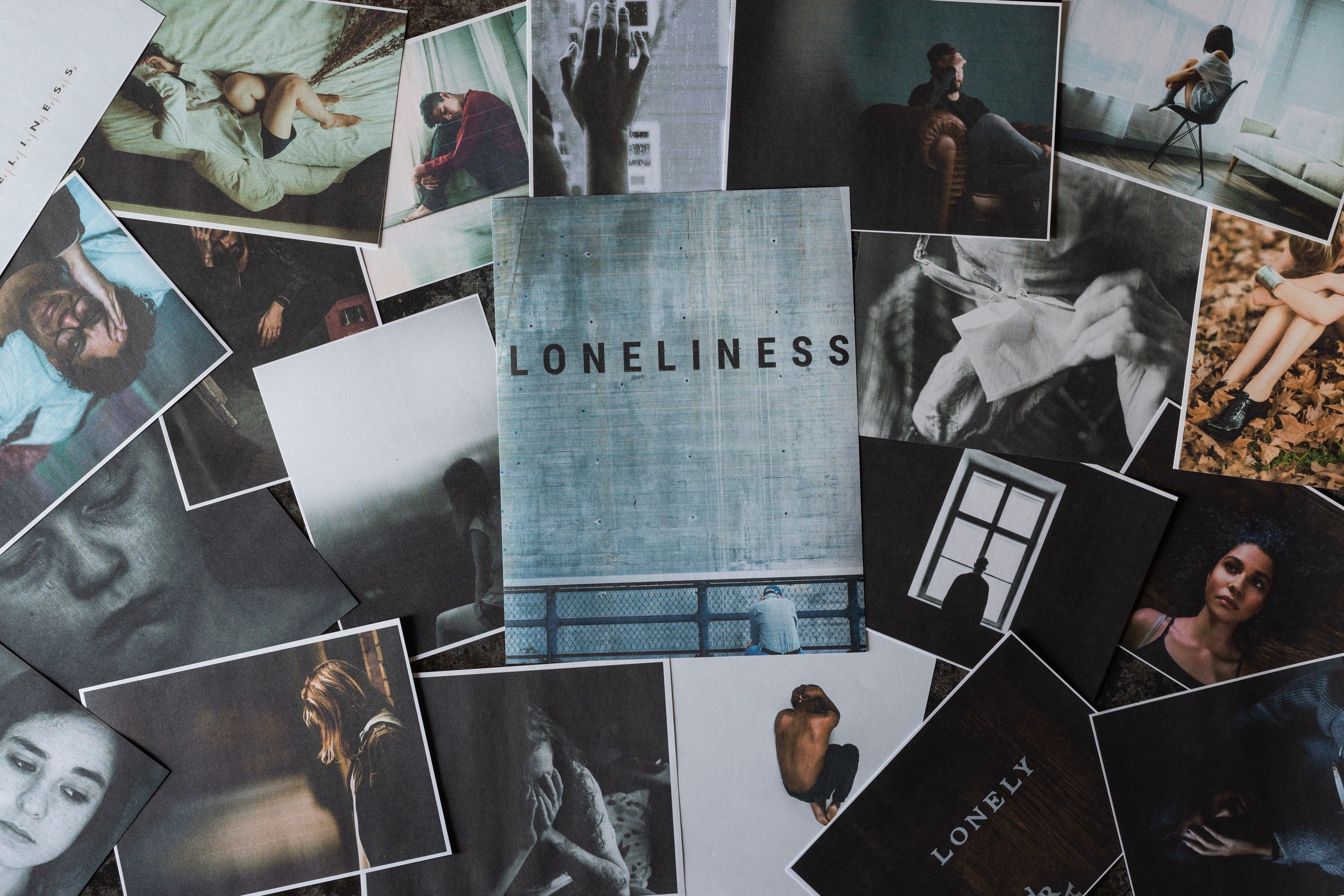7 Ways To Spend Time Alone & Truly Enjoy It
7 Ways To Spend Time Alone
And Truly Enjoy It
At this moment in life, I value my alone time more than I value most things. For me, alone time is not only non-negotiable and sacred, but it’s also how I deeply nourish myself, cultivate my skills, seed my desires and goals, ground, come back to my center, and also have fun (yes, alone time can be incredibly fun and life-giving!). Any time I get to be alone, regardless of my relationship status, I savor every minute of it.
But I have to say I was NOT always like this. Years ago, alone time felt daunting and scary. An empty block of time felt so existentially debilitating that I would spend all my time figuring out how to not be alone. I falsely equated alone time with loneliness. I’d distract myself in any way I could think of : I filled my schedule to the brim, made myself overly available for other people’s problems, spent time in groups that weren’t the right fit for me, took on too many work or creative projects, or used media to calm my restless mind. In essence, I was keeping myself subconsciously in a state of nervous system activation and overwhelm, constantly craving stimuli, because it felt way safer than being alone with “nothing to do”.
Why Being Alone Can Feel “Unsafe”
For many of us, whether it’s due to trauma, growing up in a chaotic household, or the stress and overwhelm of living in capitalism, having empty space, rest, or nothing to do can feel more threatening than stress. Ease or blank space can feel anxiety-inducing to the body that has been used to staying busy or in motion to survive. Staying in motion or around others can be one way we learn to avoid the feelings we are holding underneath. The body is wise. While staying distracted can be a helpful tool for a short time, in the long run we will be forced to stop, rest, or spend time alone with ourselves.
The Medicine of Loneliness
If you fear being alone, consider which emotions or uncomfortable states you may be running away from. What feelings exist just underneath the surface? For many of us, it may be loneliness that we are avoiding. Loneliness comes in many shapes and textures. It’s a spectrum from feelings of separation to deep existential emptiness and everything in between.
“Loneliness shows us all the parts in us that are in need of more connection, validation, or awareness. Loneliness shows us our ignored or unmet needs. Loneliness gives us an opportunity to tolerate the discomfort of our singular and unique existence.”
Types of Loneliness:
grief and loss after a death, breakup, or disconnection
feeling misunderstood, not seen/heard
alienation, lack of belonging
disconnection from self or personal truth
disconnection from spirit or the Earth
craving more of a specific connection or form of intimacy
feeling stuck or lost
emptiness, lack of meaning or purpose in life
disenfranchisement
cultural loneliness from a transactional society
These are only a few examples. The quality of the loneliness you feel may be different than these examples, but everyone feels lonely at times. In Western culture, we tend to praise hyper-independance, yet simultaneously think of loneliness as a negative emotion or even pathologize loneliness. We may go so far as to blame ourselves for feeling so alone or believe there may be something wrong with us. But here’s the thing: Loneliness serves a critical purpose and is a necessary emotion.
Loneliness shows us all the parts in us that are in need of more connection, validation, or awareness. Loneliness shows us our ignored or unmet needs. Loneliness gives us an opportunity to tolerate the discomfort of our singular and unique existence.
How to Cope With Loneliness & Actually Enjoy Time Alone
The standard advice for loneliness is to “learn to love yourself”. But you wouldn’t be here if it were that simple and easy, right? Yes, self-love is crucial but how we get there matters. We can’t just force ourselves to spend time alone and pretend we love it. Some people abide by this method, but I prefer the process to be much more fun and to never make alone time feel like a self-punishment. Here are a few simple ways I’ve learned to love my alone time that I hope you enjoy too.
Prime Your Environment
Alone time is best spent in places, environments, or contexts that feel really fun and nourishing. It’s hard to ease into a new habit if you’re in the same old places, right? So consider, what kinds of places make you feel really happy, excited, or nourished? Even if you can’t go far, how can you make your current environment more beautiful? For example, my happy place is coffee shops and bookstores so I tend to enjoy time alone in these spaces. If I can’t get out of the house, I’ll buy myself flowers, light a candle, or tidy my desk to prepare for some alone time.
Learn A New Skill
Use alone time as a way to cultivate hobbies, passions, skills, or knowledge on topics you’ve always been curious about. Following your curiosity is a great way to begin to ease into time alone.
Take Yourself on an Artist Date
Julia Cameron writes about this brilliant practice of the Artist Date in her book “The Artist’s Way” that I believe is perfect for anyone, whether you consider yourself an “artist” or not. Cameron encourages people to take themselves on a special date. Set aside ample time and treat it like you would treat seeing a friend or a romantic interest - be on time, dress to impress, etc. The goal is to take yourself somewhere that inspires your creativity or helps you explore an interest. In the depths of my own existential loneliness many years ago, the Artist Date brought light back to my life and I found some pretty great places to explore in my city.
Parallel Play
Not ready to fully dive into alone time or want to practice alone time first within the context of your relationship? Consider “parallel play” - a term mostly used in child psychology but with applications and benefits for adults too. Parallel play is when two or more people are fully engaged in their own solo activities but in the same room or environment. This could be reading a book while your partner is meditating, or doing yoga while your roommate is immersed in painting. The key here is to vocalize how much engagement you want or don’t want during parallel play. Without communicating the desire for parallel but separate activities, someone may feel you are ignoring them or may unknowingly interrupt your process.
Emotional Release
Alone time can be for fun and exploration, but it can also be for contemplation and feeling what might be too vulnerable to feel when you’re with another person. In fact this type of alone time is crucial. Giving yourself the space to fully feel and cry or let it out is vital to staying connected with our emotions. If you need suggestions, you can read more about how to release emotions trapped in the body.
The Desire Power Hour
In order to re-train my overworked and burned out nervous system how to relax and move in flow with my desires, I would set aside time - one hour per week - where my only objective would be to follow my desires. I would sit down, tune into my body and feel what the most powerful desire was. Sometimes it would be simple: to make some food or read a book. Other times I’d get an urge to explore a new town or do something I’ve never done before. The exact moment that I’d engage in an activity and no longer feel a desire to do it, I’d stop, listen again and redirect. Even if I was halfway through an activity, as soon as I noticed it wasn’t feeling fulfilling, I’d stop, rest, and wait for the next desire to bubble up. Here’s the key to the Desire Power Hour - it’d not about what you do, it’s about how well you listen to yourself. This practice really helped me ease my internalized drive for productivity and helped me trust my desires more.
Focus on Fun
It’s possible to have fun alone once you get over any preconceived notions about what is acceptable or not acceptable to do alone. You’re allowed to go out to a fancy dinner alone, take yourself to a movie, go on vacation, or travel alone. In fact these have been some of my most rewarding experiences. Once you explore and know what feels fun to you, it’s a million times easier to have fun in any kind of relationship.
The “Fertile Void”
Kate Northrup has a wonderful term borrowed from Gestalt therapy called “The Fertile Void” used to describe the space of emptiness that exists as part of a larger creation cycle. The Fertile Void is the time after a project, relationship, or even menstrual cycle culminates and a new start begins. It’s the phase most of us skip over because it feels wildly uncertain, boring, tedious, or uncomfortable to be with the void. But as Northrup says “The depth of our lives and the depth of our work suffers when we avoid this phase” The fertile void, the emptiness, and even loneliness is crucial to bringing us deeper into what lies ahead. So use this time to reflect, be with all that is, and don’t forget to savor your unique existence.
















